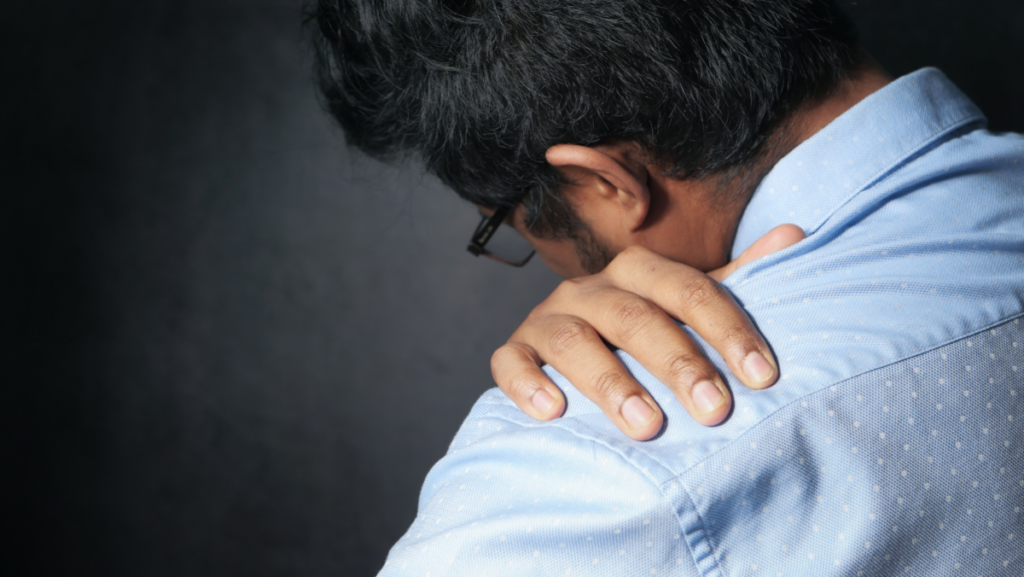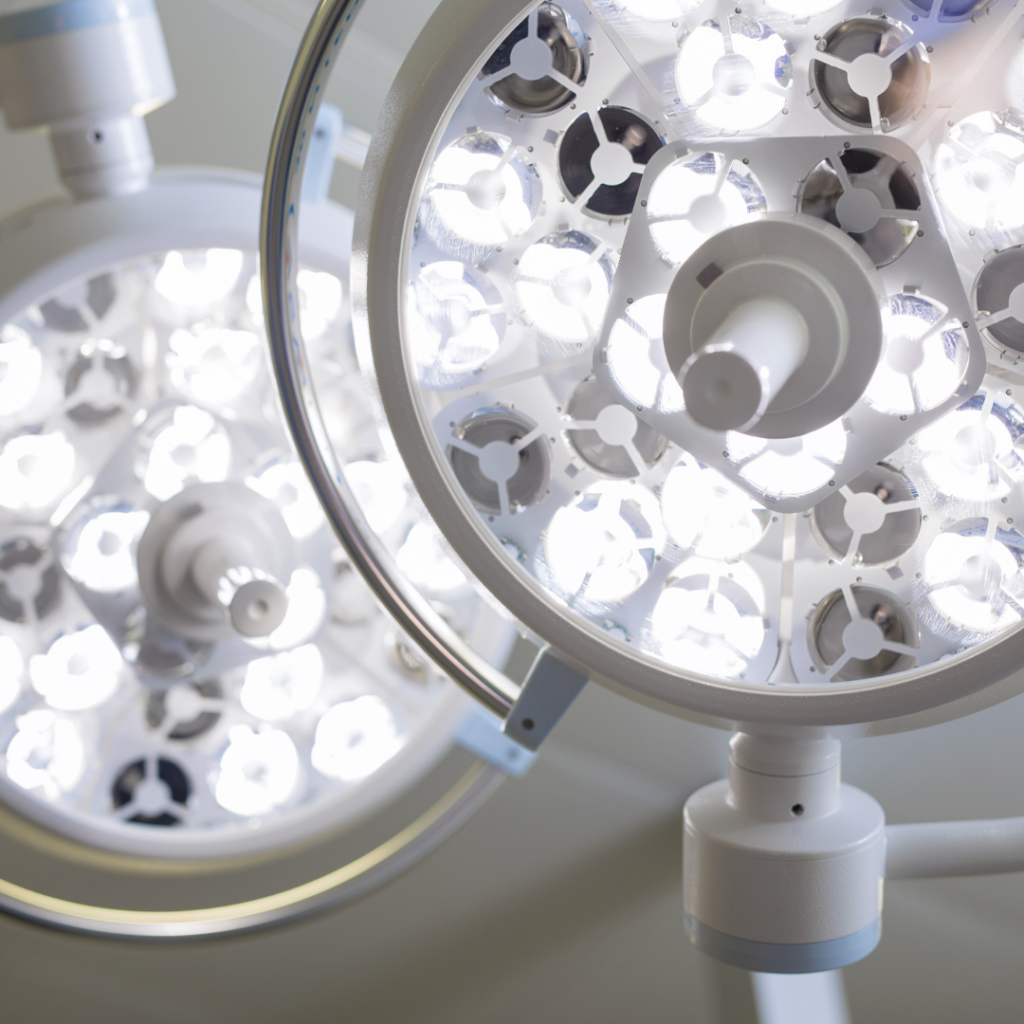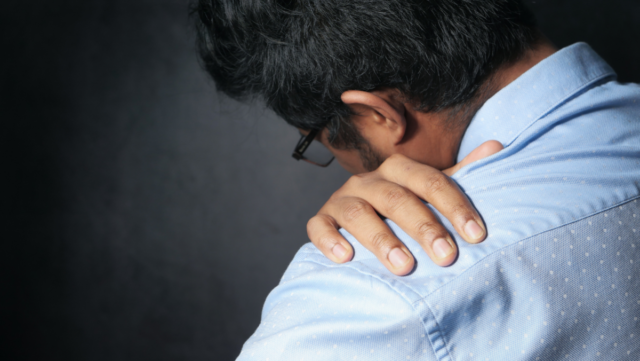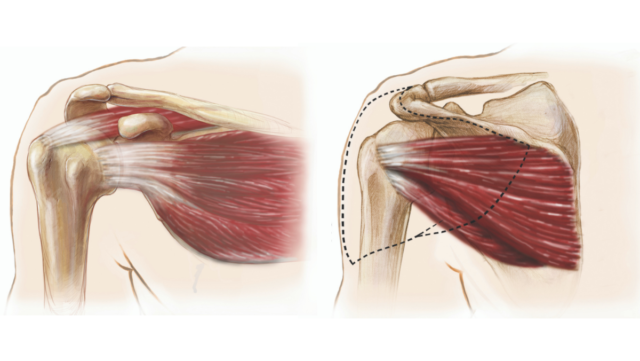Skip to Section
Shoulder instability
Shoulder instability occurs when the structures that surround the shoulder joint loosen and cannot maintain the ball within its shallow socket. If the joint is too loose, it may slide partially out of place, a condition known as "shoulder subluxation."
When the joint comes completely out of place, also called "shoulder dislocation", the ligaments that support the shoulder are torn. Normally, this injury does not heal tightly, making the shoulder prone to repeat dislocation and additional episodes of instability.
With shoulder instability, some activities can create sudden pain, a sense of arm deadness, or the feeling of your shoulder slipping out and back into the joint. If you experience complete dislocation, you may have severe pain along with the inability to "reset" the joint.
Some shoulder instability can be treated with rest followed by rehabilitation. However, in certain instances, the physician may recommend surgery - these include more complicated injuries, cases of recurrent instability, and first-time dislocations in younger patients who have a high risk of recurrence, further damage, or limited activity.
All materials copyright © 2024 Smith & Nephew, All Rights Reserved.

Arthroscopic rotator cuff repair
What is arthroscopic rotator cuff repair?
Arthroscopic rotator cuff repair is performed to treat tears in the rotator cuff tendon. Your surgeon may recommend this procedure if conservative treatments have no effect. The procedure varies depending on the severity of the tear, but usually involves the reattachment of the torn tendon to the humerus, or upper arm bone. The procedure is performed as minimally invasive as possible, but if the tear is very severe, part of the procedure may have to be performed as open surgery.
Who needs this procedure?
The rotator cuff is made of muscles and tendons that come together to cover the head of the humerus. These tendons attach the humerus to the shoulder blade and plays a large part in your ability to lift and rotate your arm. Symptoms of rotator cuff tears vary depending on the severity of the injury, which can occur from trauma, injury, or from natural degeneration of the tendon. Rotator cuff injury is very common and very painful. People who work or perform in a manner that requires repetitive stress on the rotator cuff tendons, like those who do work that requires extensive arm lifting, and anyone over the age of 40 could potentially suffer from a rotator cuff tear. Symptoms include arm weakness or pain when lifting, making specific movements, or rotating the arm, pain when resting on the affected shoulder, and a crackling sensation in the shoulder when performing certain movements. Pain from rotator cuff damage increases as time goes on.
Initial incisions and insertion of arthroscope
After anesthesia is applied, the surgeon make small incisions on the shoulder. A small camera called an arthroscope is inserted through one of the incisions. The surgeon uses the arthroscope for image guidance during the surgery. At this stage, the arthroscope is used to inspect the damaged joint.
Debridement
Using small tools inserted through the initial incisions, loose tendon fragments and other debris from the damaged tendon are removed in a process called debridement. The surgeon inspects the tissue damage to decide if more surgery is necessary.
Smoothing of acromion
The surgeon inserts a special tool into one of the incisions to remove bone spurs from the bottom of the acromion and smooth out its surface in a procedure called subacromial decompression. This is done to prevent the acromion from impinging on the supraspinatus tendon, which can be very painful.
Rotator cuff inspected
The surgeon may end the procedure here if no rotator cuff tears are present. If a tear is found in the rotator cuff tendon, method of repair will vary according to the size and severity of the tear. Arthroscopic repair, or repair made through the small incisions using special tools, may be made if the tears are small to moderate-sized. Large tears may require open surgery. The surgeon will start by cleaning the area of the tendon where the tear is present and clearing an area on the humerus.
Placement of anchors
The surgeon creates small holes in the cleared area of the humerus and places special tools called anchors into the holes. These will hold stitches in place.
The tendon is sutured
The surgeon then stitches the tear back together. The tendon is reattached to the humerus by pulling the sutures against the anchors placed in the previous step.
End of procedure
Instruments are removed, and the incisions are closed. The patient's arm may be placed in a sling.
After surgery
If the surgery is performed entirely arthroscopically, it will be an outpatient procedure. This means the patient may leave the hospital that day. Longer hospital time may be required if the tear requires open surgery to repair. Your doctor will prescribe physical therapy to help restore normal and pain-free mobility after the surgery. Recovery time varies depending on the severity of the initial injury and the patient's adherence to the physical therapy prescribed.
All materials copyright © 2024 Smith & Nephew, All Rights Reserved.

 The shoulder is a ball-and-socket joint and has the greatest range of motion of any joint in the body. Because of this mobility, it is at risk for injury or degenerative problems. The bones of the shoulder are the humerus (upper arm bone), clavicle (collar bone), and scapula (shoulder blade). The head of the humerus bone (the ball) is lined with cartilage that glides over the shoulder socket (also known as the "glenoid cavity"). The clavicle attaches the shoulder to the rib cage and holds the shoulder out from the body. The scapula is a large triangular bone located on the back side of the upper body, and it is connected to the clavicle through the acromioclavicular (AC) joint.
The shoulder is a ball-and-socket joint and has the greatest range of motion of any joint in the body. Because of this mobility, it is at risk for injury or degenerative problems. The bones of the shoulder are the humerus (upper arm bone), clavicle (collar bone), and scapula (shoulder blade). The head of the humerus bone (the ball) is lined with cartilage that glides over the shoulder socket (also known as the "glenoid cavity"). The clavicle attaches the shoulder to the rib cage and holds the shoulder out from the body. The scapula is a large triangular bone located on the back side of the upper body, and it is connected to the clavicle through the acromioclavicular (AC) joint.

